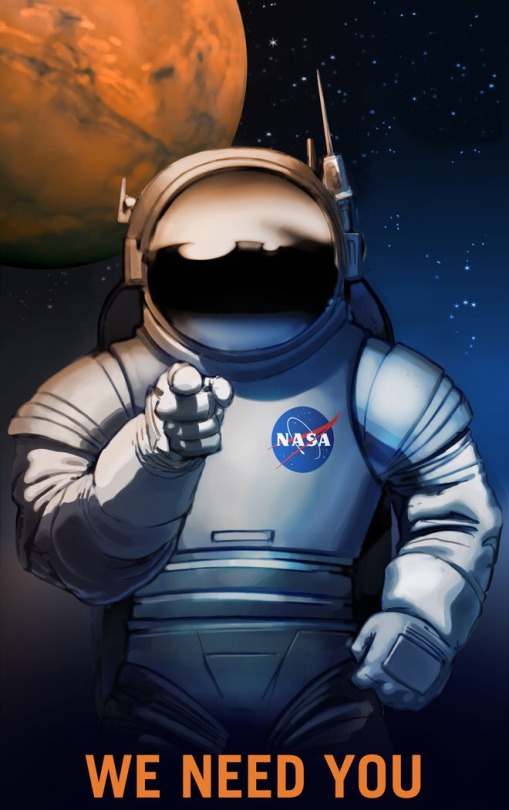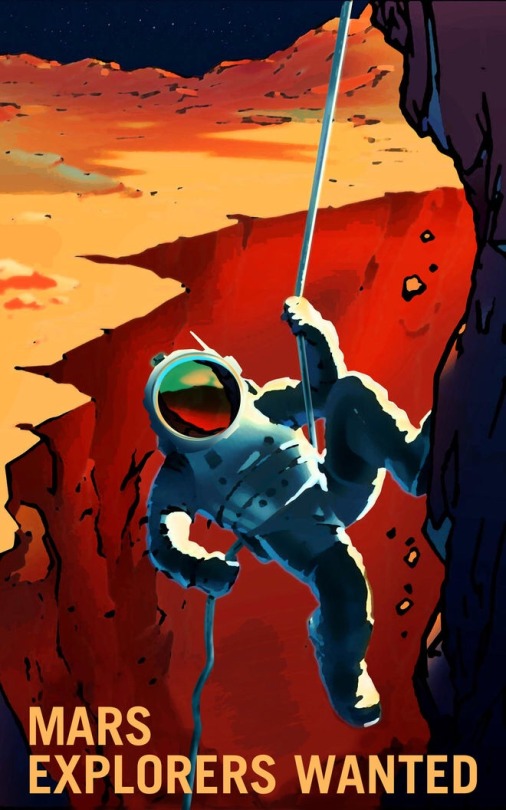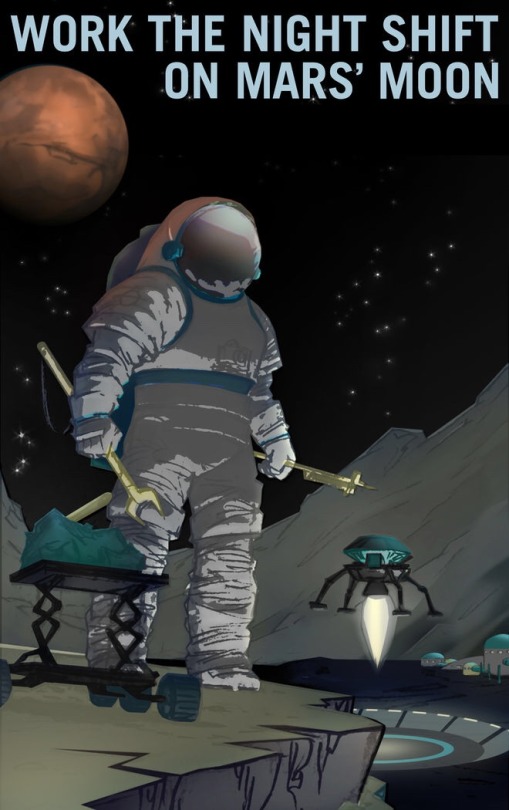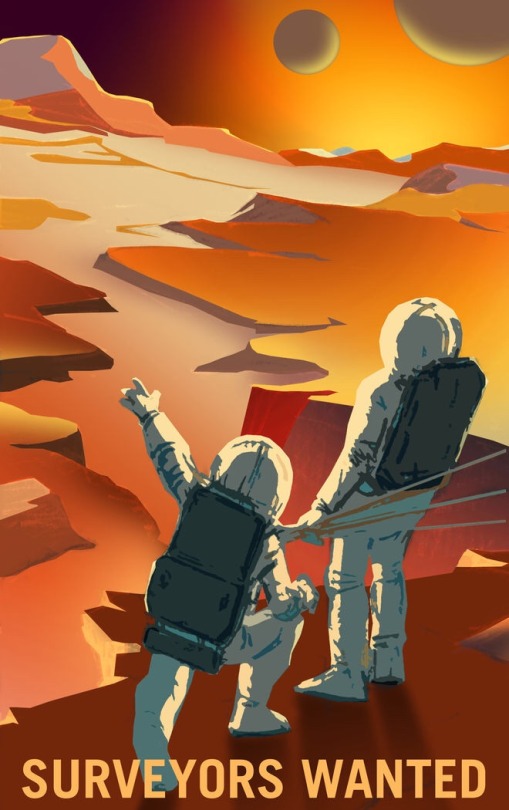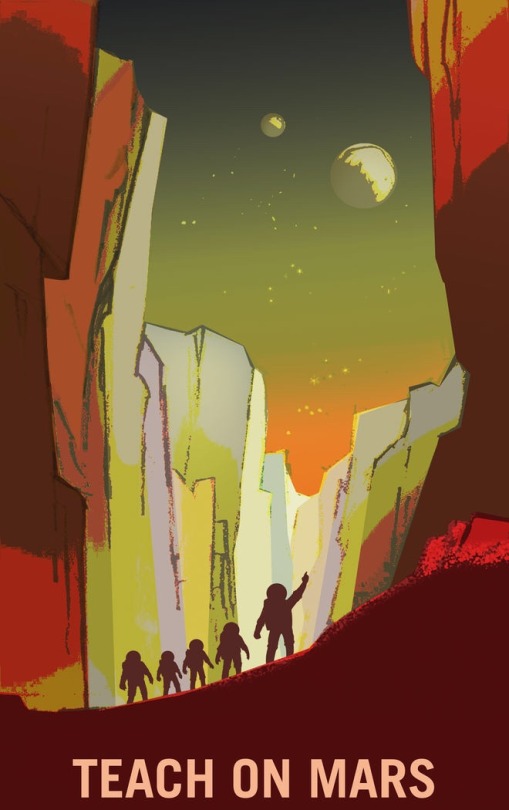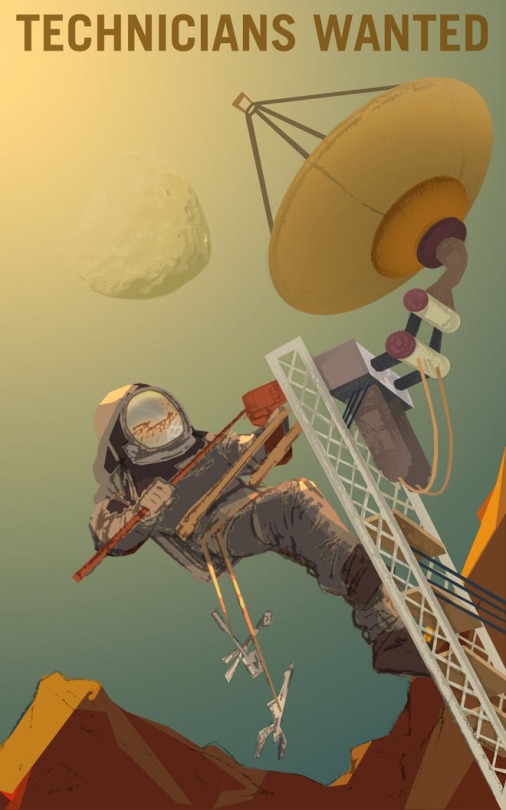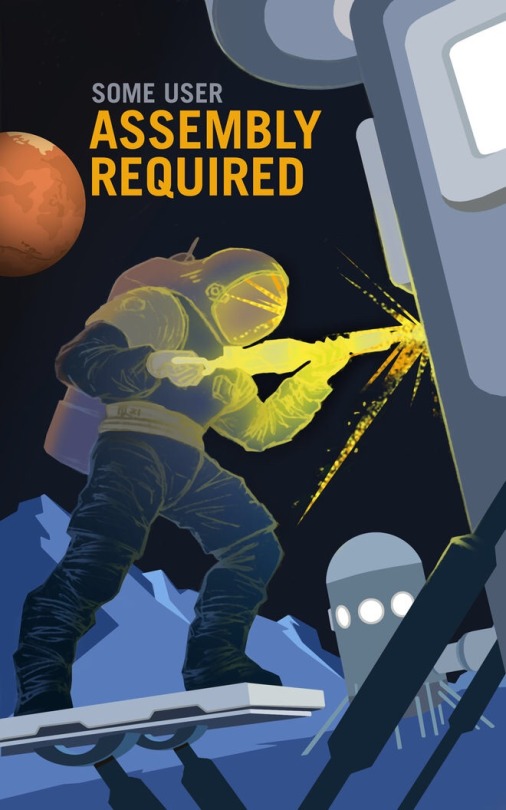Ice Is No Match For CSU-developed Coating

Ice is no match for CSU-developed coating
Anyone who’s ever chipped ice off a windshield or nervously watched a plane get de-iced, take note: Colorado State University researchers have invented an ice-repellent coating that out-performs today’s best de-icing products.
Researchers led by Arun Kota, assistant professor of mechanical engineering and biomedical engineering, have created an environmentally friendly, inexpensive, long-lasting coating that could keep everything from cars and ships to planes and power lines ice-free.
Their innovation, described in the Journal of Materials Chemistry, is a gel-based, soft coating made out of PDMS (polydimethylsiloxane), a silicone polymer gel with already widespread industrial use. Their experiments were supported by careful analysis of ice adhesion mechanics.
The performance measure of de-icing coatings is called ice adhesion strength - the shear stress necessary to remove ice from a surface - and is measured in kilopascals (kPa). Kota’s group demonstrated ice adhesion strength for their coating of about 5 kPa. By contrast, soft coatings available on the market have ice adhesion strength of about 40 kPa (lower is better). Other types of de-icing coatings made of rigid materials like Teflon typically perform at around 100 kPa.
Read more.
More Posts from Maevetheeuropan and Others
Why Sequencing DNA in Space is a Big Deal
… And How You Can Talk to the Scientists Who Made It Happen

Less than one month ago, DNA had never been sequenced in space. As of today, more than one billion base pairs of DNA have been sequenced aboard the International Space Station, Earth’s only orbiting laboratory. The ability to sequence the DNA of living organisms in space opens a whole new world of scientific and medical possibilities. Scientists consider it a game changer.

NASA astronaut Kate Rubins, who has a background in genomics, conducted the sequencing on the space station as part of the Biomolecule Sequencer investigation. A small, commercial, off-the-shelf device called MinION (min-EYE-ON), manufactured by Oxford Nanopore Technologies in the UK, was used to sequence the DNA of bacteria, a virus and rodents. Human DNA was not sequenced, and there are no immediate plans to sequence human DNA in space.

(Image Credit: Oxford Nanopore Technologies)
The MinION is about the size of a candy bar, and plugs into a laptop or tablet via USB connection, which also provides power to the device. The tiny, plug and play sequencer is diminutive compared to the large microwave-sized sequencers used on Earth, and uses much less power. Unlike other terrestrial instruments whose sequencing run times can take days, this device’s data is available in near real time; analysis can begin within 10-15 minutes from the application of the sample.

Having real-time analysis capabilities aboard the space station could allow crews to identify microbes, diagnose infectious disease and collect genomic and genetic data concerning crew health, without having to wait long periods of time to return samples to Earth and await ground-based analysis.
The first DNA sequencing was conducted on Aug. 26, and on Sept. 14, Rubins and the team of scientists back at NASA’s Johnson Space Center in Houston hit the one-billionth-base-pairs-of-DNA-sequenced mark.

Have more questions about how the Biomolecule Sequencer works, or how it could benefit Earth or further space exploration? Ask the team of scientists behind the investigation, who will be available for questions during a Reddit Ask Me Anything on /r/science on Wednesday, Sept. 29 at 2 p.m. EDT.
The participants are:
Dr. Aaron Burton, NASA Johnson Space Center, Planetary Scientist and Principal Investigator
Dr. Sarah Castro-Wallace, NASA Johnson Space Center, Microbiologist and Project Manager
Dr. David J. Smith, NASA Ames Research Center, Microbiologist
Dr. Mark Lupisella, NASA Goddard Space Flight Center, Systems Engineer
Dr. Jason P. Dworkin, NASA Goddard Space Flight Center, Astrobiologist
Dr. Christopher E. Mason, Weill Cornell Medicine Dept. of Physiology and Biophysics, Associate Professor
People can’t anticipate how much they’ll miss the natural world until they are deprived of it. I have read about submarine crewmen who haunt the sonar room, listening to whale songs and colonies of snapping shrimp. Submarine captains dispense “periscope liberty” - a chance to gaze at clouds and birds and coastlines - and remind themselves that the natural world still exists. I once met a man who told me that after landing in Christchurch, New Zealand, after a winter at the South Pole research station, he and his companions spent a couple of days just wandering around staring in awe at flowers and trees. At one point, one of them spotted a woman pushing a stroller. “A baby!” he shouted, and they all rushed across the street to see. The woman turned the stroller and ran. Nothing tops space as a barren, unnatural environment. Astronauts who had no prior interest in gardening spend hours tending experimental greenhouses. “They are our love,” said cosmonaut Vladislav Volkov of the tiny flax plants - with which they shared the confines of Salyut 1, the first Soviet space station. At least in orbit, you can look out the window and see the natural world below. On a Mars mission, once astronauts lose sight of Earth, they’ll be nothing to see outside the window. “You’ll be bathed in permanent sunlight, so you won’t even see any stars,” astronaut Andy Thomas explained to me. “All you’ll see is black.”
Mary Roach. Packing for Mars: The Curious Science of Life in the Void.
This is a really interesting read - it’s got a lot of information that I would never have thought to think of (such as - will astronauts eyeballs become different shapes without gravity - weird), but it also has really good chapters about the psychology of space.
(via psycholar)
this is wonderful - and def something I've thought about!
@maevemauvaise I doubt the full results of this experiment are going to be released soon, but I’ll post and tag you when I find them!


MERRY CHRISTMAS AND HAPPY HOLIDAYS FROM ME AND THE BOYS!


Elon Musk wants to put people on Mars in less than a decade
Musk has already said he wants SpaceX to start sending unmanned missions to Mars in 2018. He has even planned out the details of the future expeditions.
Follow @the-future-now

What caused this outburst of this star named V838 Mon? For reasons unknown, this star’s outer surface suddenly greatly expanded with the result that it became the brightest star in the entire Milky Way Galaxy in January 2002. Then, just as suddenly, it faded. A stellar flash like this had never been seen before – supernovas and novas expel matter out into space.
Although the V838 Mon flash appears to expel material into space, what is seen in the above GIF from the Hubble Space Telescope is actually an outwardly moving light echo of the bright flash.
In a light echo, light from the flash is reflected by successively more distant rings in the complex array of ambient interstellar dust that already surrounded the star. V838 Mon lies about 20,000 light years away toward the constellation of the unicorn (Monoceros), while the light echo above spans about six light years in diameter.
Credit: NASA, ESA
To discover more, visit: https://www.nasa.gov/multimedia/imagegallery/image_feature_2472.html
-
 theonewiththe-whales liked this · 6 years ago
theonewiththe-whales liked this · 6 years ago -
 420rinnefucker69 liked this · 6 years ago
420rinnefucker69 liked this · 6 years ago -
 dearkurisu liked this · 6 years ago
dearkurisu liked this · 6 years ago -
 angelic-girl liked this · 6 years ago
angelic-girl liked this · 6 years ago -
 kittiescatscats liked this · 8 years ago
kittiescatscats liked this · 8 years ago -
 vitalitron reblogged this · 8 years ago
vitalitron reblogged this · 8 years ago -
 nbased liked this · 8 years ago
nbased liked this · 8 years ago -
 hibegrfit liked this · 8 years ago
hibegrfit liked this · 8 years ago -
 thecrazypika-jay liked this · 8 years ago
thecrazypika-jay liked this · 8 years ago -
 bachatanero liked this · 8 years ago
bachatanero liked this · 8 years ago -
 xolotl13 liked this · 8 years ago
xolotl13 liked this · 8 years ago -
 theobserver00 liked this · 8 years ago
theobserver00 liked this · 8 years ago -
 kennethstudstill liked this · 8 years ago
kennethstudstill liked this · 8 years ago -
 llcnsnnts reblogged this · 8 years ago
llcnsnnts reblogged this · 8 years ago -
 sethmacfarlane reblogged this · 8 years ago
sethmacfarlane reblogged this · 8 years ago -
 jdahya09 liked this · 8 years ago
jdahya09 liked this · 8 years ago -
 q-lvck liked this · 8 years ago
q-lvck liked this · 8 years ago -
 giuliaciulia89 liked this · 8 years ago
giuliaciulia89 liked this · 8 years ago -
 giridharaprasad reblogged this · 8 years ago
giridharaprasad reblogged this · 8 years ago -
 giridharaprasad liked this · 8 years ago
giridharaprasad liked this · 8 years ago -
 daughterofhel reblogged this · 8 years ago
daughterofhel reblogged this · 8 years ago -
 daughterofhel liked this · 8 years ago
daughterofhel liked this · 8 years ago -
 lunaracarberry liked this · 8 years ago
lunaracarberry liked this · 8 years ago -
 bentothuglife reblogged this · 8 years ago
bentothuglife reblogged this · 8 years ago -
 grunt556 liked this · 8 years ago
grunt556 liked this · 8 years ago -
 gothamsnerd reblogged this · 8 years ago
gothamsnerd reblogged this · 8 years ago -
 maevetheeuropan reblogged this · 8 years ago
maevetheeuropan reblogged this · 8 years ago -
 emmettunknown liked this · 8 years ago
emmettunknown liked this · 8 years ago -
 theredearth liked this · 8 years ago
theredearth liked this · 8 years ago -
 kaykayeindbq liked this · 8 years ago
kaykayeindbq liked this · 8 years ago -
 kalifissure reblogged this · 8 years ago
kalifissure reblogged this · 8 years ago -
 kalifissure liked this · 8 years ago
kalifissure liked this · 8 years ago -
 virginofpurity liked this · 8 years ago
virginofpurity liked this · 8 years ago -
 maevemauvaise liked this · 8 years ago
maevemauvaise liked this · 8 years ago -
 coronalthoughtejection liked this · 8 years ago
coronalthoughtejection liked this · 8 years ago -
 cheerycheesecake liked this · 8 years ago
cheerycheesecake liked this · 8 years ago -
 leagrifindor liked this · 8 years ago
leagrifindor liked this · 8 years ago -
 nebet-ren liked this · 8 years ago
nebet-ren liked this · 8 years ago






